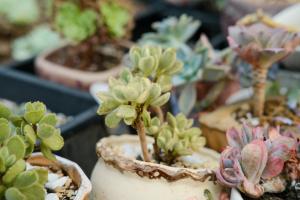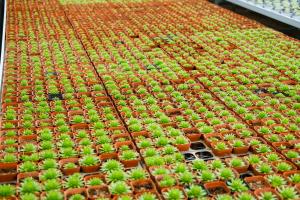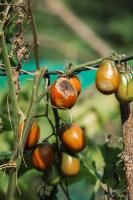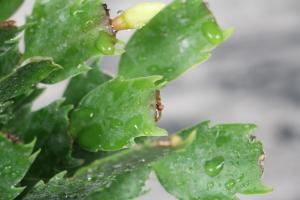How to Manage Cherry Tomato Plants
Cherry tomatoes are a popular crop for home gardeners looking to add fresh, sweet tomatoes to their plates. But, managing cherry tomato plants can seem intimidating, especially for gardeners who don't have much experience. In this article, we'll provide you with some tips on how to manage your cherry tomato plants to ensure a bountiful harvest.
Choosing the Right Spot
Cherry tomato plants thrive in warm, sunny areas and require at least six hours of sunlight each day. When choosing a spot for your cherry tomato plants, make sure that it's well-drained and has fertile soil. Also, avoid planting cherry tomato plants in areas that are prone to flooding or in areas where tomatoes, peppers, or eggplants have grown in the past five years as these plants could be susceptible to the same pests and diseases.
Planting and Watering
When planting your cherry tomato plants, make sure they're planted deeply with their bottom branches just above the soil. This will help them to establish strong roots and grow tall. After planting, make sure to water them deeply and infrequently. This will help to encourage strong root growth and make your plants more drought resistant. It's best to water your plants in the morning or evening when the temperatures are cooler to avoid evaporation.
Feeding and Pruning
Cherry tomato plants need plenty of nutrients to grow and produce fruit. You can feed your plants with a balanced fertilizer once a month to help them get the nutrients they need to thrive. Additionally, it's important to prune your cherry tomato plants by removing the suckers that grow at the joint where each leaf meets the stem. This will encourage your plants to produce more fruit and focus their energy on growing taller and stronger.
Pests and Diseases
Like all plants, cherry tomato plants are susceptible to pests and diseases. It's important to regularly check your plants for signs of pests or diseases, including yellowing leaves, curling leaves, holes in leaves, or discolored fruit. If you do see signs of pests or diseases, it's important to address them quickly to prevent them from spreading. You can use natural remedies like neem oil or insecticidal soap to treat pests or diseases, or you can opt for chemical solutions if needed.
Harvesting
Once your cherry tomatoes start to ripen, it's important to harvest them regularly to encourage more fruit production. When harvesting your cherry tomatoes, make sure to gently twist or cut them off the vine to avoid damaging the plant. You can then store your cherry tomatoes in a cool, dry place or use them immediately in your favorite recipes. Enjoy!

 how many times do yo...
how many times do yo... how many planted tre...
how many planted tre... how many pine trees ...
how many pine trees ... how many pecan trees...
how many pecan trees... how many plants comp...
how many plants comp... how many plants can ...
how many plants can ... how many plants and ...
how many plants and ... how many pepper plan...
how many pepper plan...






























